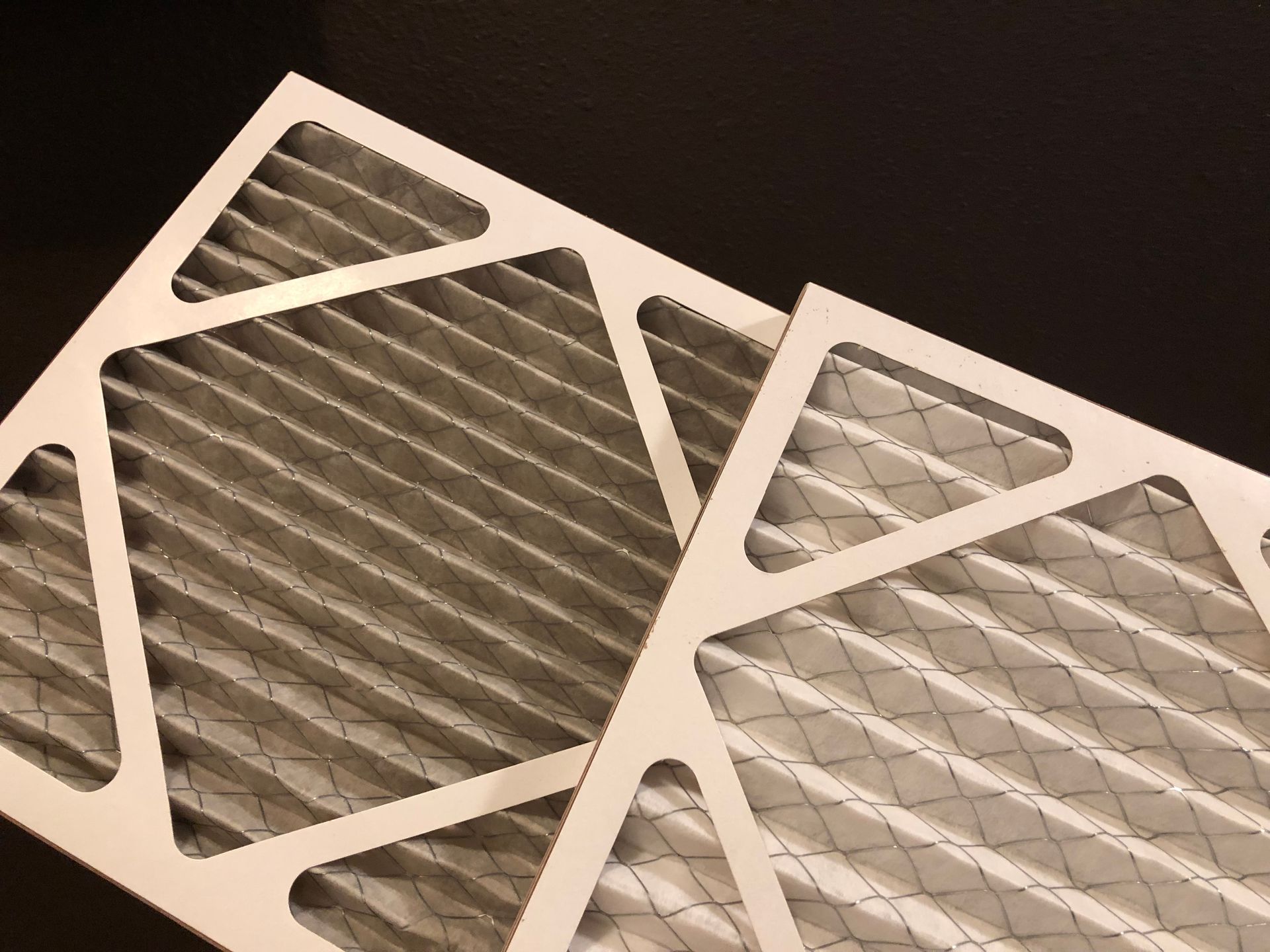What Tools Does an HVAC Technician Use During an Inspection?

Ever wonder what’s inside an HVAC technician’s tool bag? During an inspection, technicians rely on a wide range of tools – some of which you might not even know exist. In fact, there are several types of equipment that help technicians uncover hidden issues, improve system performance and ensure your HVAC system is operating safely.
From basic hand tools to advanced diagnostic equipment, each item plays a key role in identifying issues and ensuring your HVAC system runs smoothly. Here’s a look at some common tools you can expect to see during an HVAC inspection:
Specialized Equipment
HVAC technicians use special equipment to check the inner workings of your HVAC system to ensure components are functioning properly and with high efficiency. These tools help technicians identify issues like airflow restriction, refrigerant leaks or electrical issues.
Pinpointing these problems can help prevent them from becoming major problems that take lots of time and money to fix. Some examples of specialized equipment include:
- Multimeter – An instrument used to check the electrical components of your HVAC system. This tool checks to ensure that a component’s voltage, current and resistance are within normal range.
- Thermometer – Measures the temperatures inside your components to see if they are acceptable. If temperatures are too hot or cold within certain parts of your HVAC system, this indicates to the technician that there's a problem.
- Refrigerant gauges – Measures the pressure of refrigerant that’s inside your HVAC system. Typically, low pressure indicates an issue with a system’s refrigerant levels.
- Leak detectors – This is a tool designed to find refrigerant leaks within the system. This is very helpful for fixing smaller leaks early on before they develop into bigger repairs.
Utility Equipment
Everyday tools are just as important as specialized equipment. While specialized equipment handles complex diagnostics, basic items like screwdrivers and flashlights are essential for access, visibility and safety. Some commonly used items are:
- Inspection mirror: Used in tight areas where sight is limited, commonly used in ductwork inspections
- Screwdrivers: Used to unscrew panels and electrical components
- Wrenches: Used to check and tighten connections
- Pliers: Help grip, bend or manipulate wires and small components during adjustments
- Utility knives: Handy for cutting insulation, tape or duct material
- Tape measures: Typically used to measure duct dimensions or spacing for components
Safety Is Key
While safety equipment might not stand out like the other tools mentioned, they are nonetheless important. Protective equipment is crucial in maintaining a safe environment for HVAC technicians. It's not uncommon to see gloves and safety glasses, especially when technicians are dealing with exposed wiring and refrigerant.
Headlamps and flashlights are also important in maintaining safety. While practical for working in dark areas, lights help to prevent technicians from tripping in cramped spaces where vision is limited.
Safety equipment helps prevent technicians from a variety of injuries including:
- Chemical burns: Refrigerants can cause painful burns if exposed to skin
- Cuts: Can result from sharp edges on equipment and ducts
- Dust: Can irritate the respiratory system, cause allergic reactions and irritate the eyes
- Electrical shocks: Can seriously injure those working with electrical components
- Trips/falls: Can occur in dimly lit areas and cause serious injuries, including broken bones and fractures
Other Tools
In addition to standard equipment, HVAC technicians may use tools depending on specific circumstances. Some of these are:
- Cordless drills – Used for quickly removing or securing panels and components without being restricted by cords.
- Fin comb – Helps straighten bent fins on condenser and evaporator coils to maintain proper airflow and system efficiency.
- Vacuum pump – Essential for removing air and moisture from refrigerant lines before charging the system, ensuring optimal performance.
Ductwork Equipment
Like other parts of the HVAC system, ductwork requires a range of tools for routine inspections. However, the types of tools may differ to suit the unique needs of ductwork. These tools are needed to maintain efficient airflow and indoor air quality.
This type of equipment includes:
- Inspection cameras – These cameras allow technicians to see deep inside ductwork, identifying blockages, buildup, or damage without dismantling the system.
- Vacuums – High-powered vacuums are used to remove dust, debris, and allergens from inside ductwork, improving both air quality and visibility.
- Air whips/rotary brushes – These tools dislodge debris buildup from duct walls using air pressure or spinning motion, making it easier for vacuums to extract the loosened material.
- Duct brushes – Stiff-bristled brushes are used to manually scrub duct interiors, clearing out stuck-on dirt and residue.
HVAC Inspections Aren’t Always Easy –
or Safe
While HVAC inspections are routine, they don’t always go as planned. Every system is different and requires the expertise of a trained technician to safely assess its condition.
It’s crucial that these tools are handled by professionals who know how to navigate tight spaces, manage electrical components and work with hazardous materials like refrigerants. Their training ensures a thorough inspection while keeping both your home and your own safety protected.
Does Your HVAC System Need an Inspection? We Can Help!
If your HVAC system needs an inspection or routine maintenance, our expert technicians are ready to help! Located in Smiths Station, C & G Heating & Air Conditioning serves several communities along the Alabama-Georgia border including Phenix City, Auburn, Opelika and Columbus.
Schedule an inspection today by giving us a call at 334-489-3329. To learn more about our other services, including AC installation and ductwork maintenance, click the link
here.


